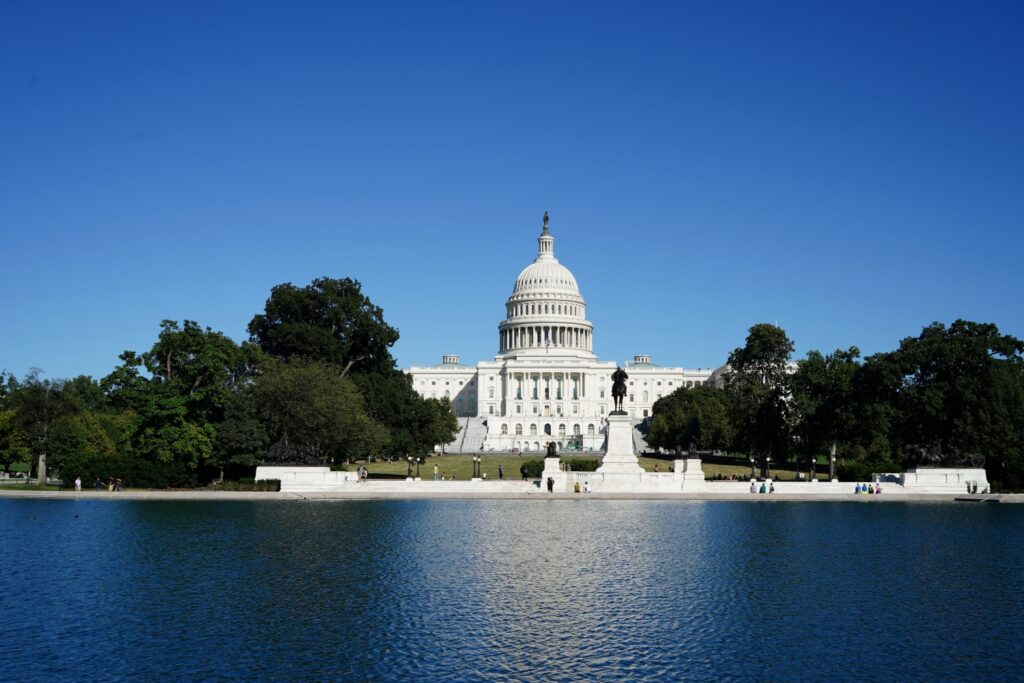America’s healthcare system faces a challenge as our population ages: ageism in clinical settings. Ageism is the systematic bias against older adults that not only compromises quality of care but also drives inefficiencies and unnecessary costs throughout our healthcare system. Evidence demonstrates that addressing ageist practices could improve health outcomes while potentially reducing the $63 billion in excess annual healthcare costs attributed to age discrimination.
Ageism in Healthcare: A Critical Issue
Recent literature documents the scope and impact of medical ageism with alarming clarity. A meta-analysis encompassing more than 7 million participants found that ageism negatively impacted health in 95.5% of examined studies and was linked to nearly three-quarters of health-related outcomes. This bias manifests across the care continuum:
- In 85% of studies on treatment decisions, clinicians were less likely to recommend evidence-based procedures and treatments to older adults—even when clinical appropriateness matched that of younger patients.
- A 2024 study found that healthcare professionals were more likely to withhold life-sustaining treatments from older patients compared to younger patients—even when prognosis and stated patient preferences were similar.
- The World Health Organization reports that half of people worldwide hold moderate to high levels of ageist attitudes, a bias that can impact clinical decision-making.
The consequences of these biases extend beyond individual patient-provider interactions to systemic challenges:
- Clinical care disparities: Older adults often receive less aggressive or comprehensive care than do younger patients across a range of medical conditions. Adults ages 75 and older with pain-related emergency visits are prescribed pain medications at lower rates; similarly older adults with depression are frequently excluded from recommended screening and treatment. In cancer care more than 80% of studies reviewed reported that older adults were less likely to receive surgery, chemotherapy, or breast reconstruction, even when clinically appropriate.
- Missed opportunities for interventions: 73% of primary care physicians routinely screen older adults for mobility or frailty concerns. Despite this widespread screening, only 56% follow through with interventions to address those issues. This gap between diagnosis and treatment compromises outcomes and perpetuates avoidable decline.
- Limited autonomy and communication: Older patients are disproportionately excluded from decision-making about their own care. Compounding this, nearly half of medical and nursing students report observing ageism during training, including patronizing language and “elderspeak.” These subtle yet pervasive biases degrade patient-provider interactions and reinforce harmful norms early in clinicians’ careers.
Less than 1% of U.S. physicians are board-certified geriatricians—there is approximately 1 geriatrician per 3,000 older adults.
Systemic Barriers to Equitable Geriatric Care
Healthcare ageism operates at multiple levels, creating structural challenges for delivering evidence-based care to older populations:
- Clinical trial representation gaps: Older adults have historically been underrepresented in clinical trials and research. Equitable participation in clinical trials on the basis of age is vital because it can advance medical knowledge and test the safety and efficacy of new treatments that are generalizable to aging populations.
- Workforce shortages: Less than 1% of U.S. physicians are board-certified geriatricians—there is approximately 1 geriatrician per 3,000 older adults. While all medical schools require pediatric training, fewer than 10% mandate geriatric education. This workforce deficit represents a critical capacity constraint as population demographics shift.
- Economic implications: Yale University researchers estimate that ageism in healthcare costs the U.S. healthcare system $63 billion annually in excess healthcare expenditures—a figure that exceeds the entire budget of the National Institutes of Health.
Policy Approaches to Mitigate Healthcare Ageism
Addressing ageism requires coordinated policy interventions across multiple domains:
- Workforce development: Healthcare providers need enhanced geriatric training embedded throughout medical education. This requires curriculum reform and financial incentives to address the geriatrician shortage.
- Research reform: National and state policy must mandate age-representative clinical trial enrollment, ensuring that evidence is applicable to the populations most affected by chronic conditions.
- Payment innovation: Current reimbursement structures often disincentivize the comprehensive, time-intensive care older adults require. Value-based payment models that account for complexity, such as the Comprehensive Primary Care Plus initiative by the Centers for Medicare & Medicaid Services, demonstrate how aligning financial incentives with quality geriatric care can improve outcomes while controlling costs.
- Technology integration: Inclusive telehealth platforms can increase access to specialists, while AI-assisted diagnostic tools may help standardize evaluation processes to reduce bias and improve early detection.
Practical Steps for Implementation
Healthcare organizations seeking to address ageism can implement several evidence-based approaches:
- Implicit bias assessment: Regular evaluation of providers’ age-related biases using validated assessment tools can identify areas for targeted intervention.
- Communication training: Structured programs to improve provider-patient communication can mitigate the quality and duration gaps in interactions with older patients.
- Age-friendly health systems: Implementing the 4Ms framework (What Matters, Medication, Mentation, and Mobility) across care settings provides a standardized approach to geriatric needs.
- Community engagement: Partnerships with aging service providers and advocacy organizations can create care continuity and improve navigation of fragmented systems.
Looking Forward
As U.S. demographics shift over the coming decades, economic and ethical imperatives to address healthcare ageism will only grow more urgent. Healthcare leaders and policymakers must recognize that ageism is not merely a social justice concern but a significant barrier to achieving the Triple Aim of improved patient experience, better population health, and reduced cost.
Initiatives like Age-Friendly Health Systems, spearheaded by The John A. Hartford Foundation, provide scalable models for system-level transformation.
Healthcare stakeholders have the opportunity and obligation to confront this pervasive bias—to improve care for today’s older adults and establish more sustainable systems. To support this movement, the American Society on Aging’s On Aging Institute is offering a course on Addressing Ageism in Healthcare (registration link), designed to equip providers with evidence-based insights and practical tools. Participants will explore the harmful effects of ageism on physical and mental health, learn to identify and overcome their own biases, and develop communication strategies that foster more respectful and effective provider-patient relationships. Building your knowledge in this area can lead to improved health outcomes—and change lives through more equitable care.
Raj Ahuja, JD, is executive director at ASA’s On Aging Institute in Washington, DC, and Kris Geerken, MHA, is an age advocacy advisor and adjunct instructor at Metropolitan State University of Denver in Colorado.
Photo credit: Shutterstock/fizkes













